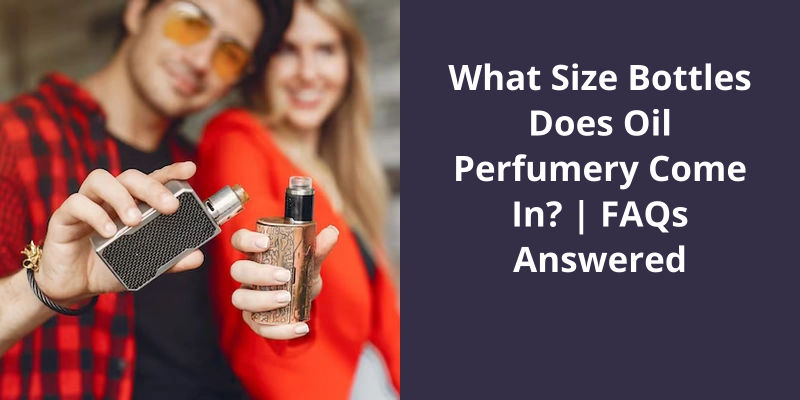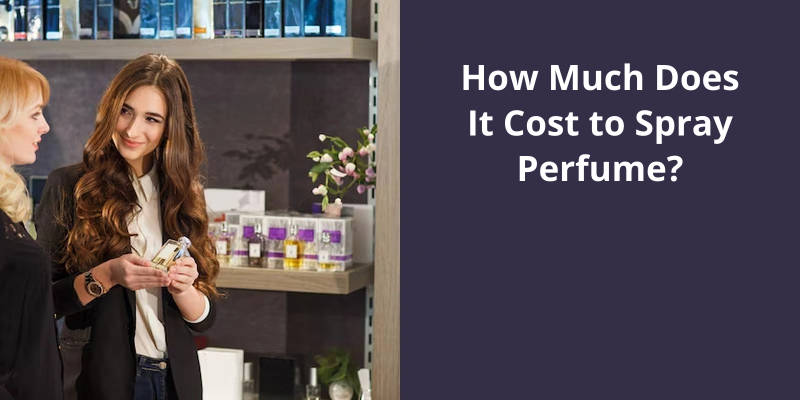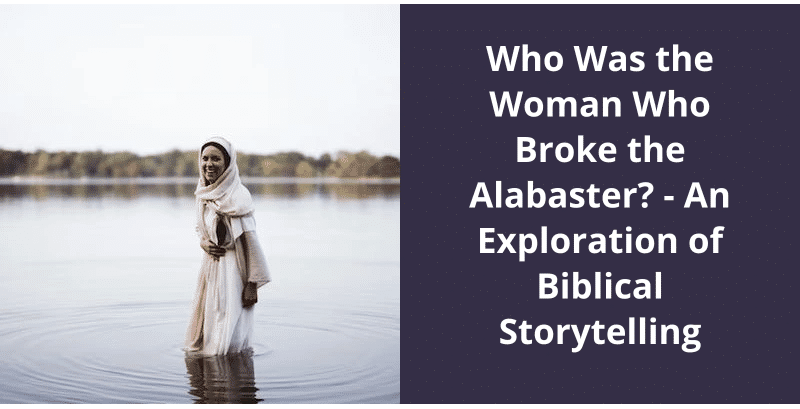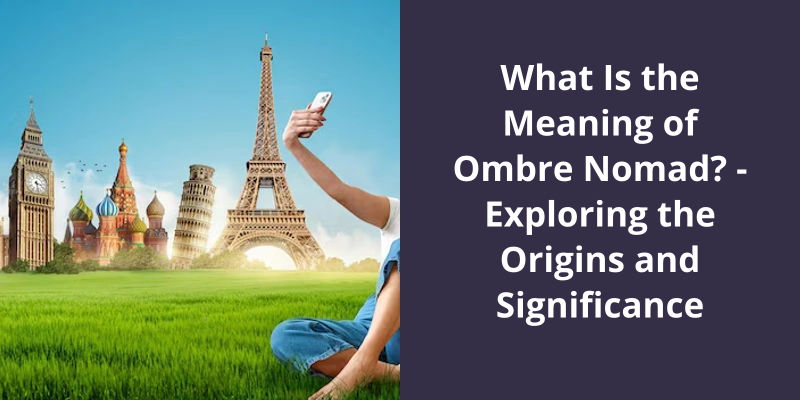Louis Vuitton is best categorized under the brand archetype of “The Ruler.” This archetype represents luxury, exclusivity, and authority. Louis Vuitton’s high-end fashion products, renowned monogram, and strong global presence exude a sense of status, power, and prestige. The brand commands an influential position in the fashion world, setting trends and standards in luxury design and quality. This appeals to consumers who seek premium, desirable items that convey a sense of success and dominance. The Ruler archetype perfectly aligns with Louis Vuitton’s image and mission of providing a sophisticated, timeless elegance that instills a sense of authority and superiority to its clientele.
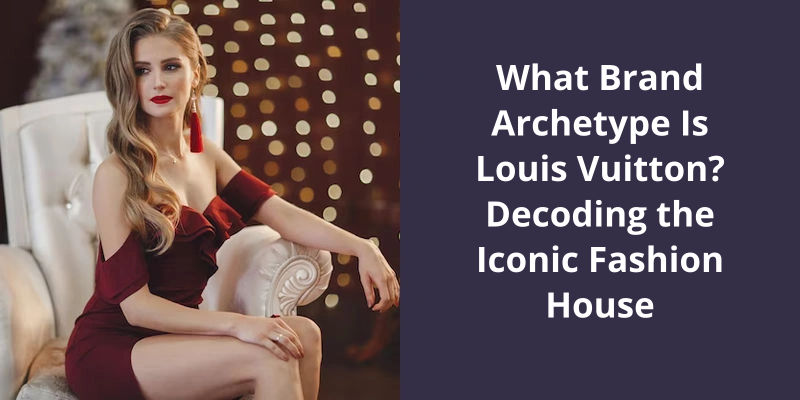
What Is a Brand Archetype and Examples?
Each archetype has it’s own unique personality and set of attributes. For example, the Innocent archetype is pure, optimistic, and simple, while the Sage archetype is wise, knowledgeable, and analytical. By identifying and embracing your brand archetype, you can establish a consistent tone and voice for your brand that resonates with your audience and sets you apart from competitors.
One popular example of a brand archetype in action is Coca-Cola. The brand has long positioned itself as the Caregiver archetype, emphasizing themes of happiness, sharing, and togetherness. The iconic Coca-Cola polar bear ads from the 90s are a perfect example of this archetype in action, as they depict the bear sharing a Coke with his friends and family in a heartwarming moment of connection and joy.
Nike’s marketing campaigns often feature athletes pushing themselves to their limits and overcoming obstacles, inspiring viewers to do the same. By aligning itself with the Hero archetype, Nike positions itself as a champion of personal growth and empowerment.
The Regular Guy/Girl archetype is also a popular choice for brands that want to emphasize relatability and authenticity. This archetype is often used by brands in the food and beverage industry, such as McDonald’s and Dunkin Donuts, to appeal to the everyday consumer.
The Explorer archetype is commonly used by travel and adventure brands, such as REI and Patagonia, to position themselves as guides to new experiences and opportunities. This archetype emphasizes themes of freedom, curiosity, and self-discovery.
Finally, the Magician archetype is often used by luxury brands, such as Rolls Royce and Chanel, to create an aura of mystery and exclusivity around their products. This archetype emphasizes themes of transformation, elegance, and sophistication.
By embodying the desires and values of your target audience in a persona that resonates with them emotionally, you can establish a lasting connection that sets you apart from competitors and builds brand loyalty over time.
How to Determine Your Brand’s Archetype Through Market Research and Data Analysis.
- Perform a market analysis to understand the industry and competition
- Identify your brand’s values and personality traits
- Use surveys and focus groups to gather customer feedback and insights
- Analyze customer data and behaviors to identify patterns and preferences
- Compare your findings with established archetypes to determine the closest match
- Develop a branding strategy that aligns with your archetype
- Continuously monitor and adjust your strategy based on feedback and data
Knowing the brand archetype of a company can provide valuable insight into it’s marketing strategies and target audience. One such archetype is the lover archetype, which focuses on appealing to customers’ desires for intimacy, beauty, and passion. This archetype is often used by luxury and high-end brands, such as Versace, Gucci, Victoria’s Secret, and Godiva, who aim to make customers feel attractive and desirable through their products and branding. However, it’s not just about the products they offer, but also the emotions and experiences they evoke in their customers.
What Brand Archetype Is Versace?
Versace, the Italian fashion luxury brand, is considered to embody the lover archetype in it’s brand image and marketing strategy. This archetype is characterized by passion, sensuality, and a desire to connect with others on an emotional level. Versace appeals to customers desire to feel attractive and desirable by leveraging it’s rich Italian heritage and association with high fashion. By using visual and sensory cues, the brand creates an emotional connection with it’s customers, making them feel special and desirable.
Through it’s bold and extravagant designs, Versace caters to customers who crave attention and recognition. The brands use of luxurious materials, such as silk and leather, adds to it’s appeal as a high-end fashion house. Versace is also known for it’s iconic Medusa logo, which symbolizes power, seduction, and mystery – all qualities associated with the lover archetype.
Versaces ad campaigns often use provocative and sensual imagery to appeal to customers desires and encourage them to indulge in the luxurious lifestyle associated with the brand. The brands focus on creating a sense of exclusivity and luxury helps to cultivate a strong emotional connection with it’s target audience.
Other brands that embody the lover archetype include Gucci, Victorias Secret, Godiva, and other high-end fashion and luxury brands. These brands also use similar strategies, such as focusing on sensual imagery, luxurious materials, and creating an exclusive brand image, to appeal to their target audience.
Overall, Versaces use of the lover archetype has been highly effective in driving brand recognition and customer loyalty.
Understanding the archetype of a brand can help in understanding their values and messaging, which can be beneficial in building a brand and connecting with customers. In the case of Calvin Klein, they appeal to the romantic aspect of people’s personalities, creating a different kind of connection with their audience. In this next section, we will explore the benefits of living out the right archetype in your personal life and how it can lead to greater fulfillment.
What Archetype Is Calvin Klein Brand?
The Calvin Klein brand has a clear archetype which is the embodiment of their brand identity. Their branding strategy leverages the power of archetypes to appeal to their target audience. An archetype is an idealized character that connects with people on a deep level, such as the Rebel, the Hero, and the Lover.
As The Lover archetype, Calvin Klein seeks to create a brand identity that prioritizes sensual pleasure, passion, and romance. They strive to appeal to the sensual side of their audience, providing a feeling of sensual stimulation that resonates with people on an emotional level. They use visual and verbal cues that evoke notions of pleasure, intimacy, and sensuality in their advertising campaigns.
Living out the right archetype can have several advantages for a brand. It allows the brand to differentiate itself from competitors, connect with their audience on a deeper level, and create a memorable brand identity. Once a brand establishes it’s archetype, it can create a consistent look and feel for all it’s communications, giving it’s audience a clear idea of what the brand stands for.
By understanding their audience deeply, a brand can create a targeted communication strategy. It also gives a brand the ability to appeal to several generations of customers.
The brand evokes a sense of sensuality through it’s advertising and products, which appeals to everyone from millennials to baby boomers. Furthermore, it creates an opportunity for the brand to expand it’s product portfolio to create more personal and intimate products, which can further strengthen it’s brand identity as The Lover archetype.
Their main archetype, The Lover, resonates with their target audience and allows them to differentiate themselves from competitors. Brands that do this can resonate deeply with people and win their loyalty and trust.
Understanding a brand’s archetype is crucial in creating a marketing strategy that resonates with it’s target audience. In the case of Volkswagen, it embodies the Regular Guy archetype, which reflects it’s focus on being a brand for the masses. Let’s delve deeper into what this means and how Volkswagen has leveraged this archetype to build a loyal customer base.
What Brand Archetype Is Volkswagen?
This archetype is all about being down-to-earth, relatable, and easy to understand. Volkswagen has always been well-loved by the masses because it provides reliable, practical vehicles that are accessible to everyone. They aren’t flashy or ostentatious but rather, are simple and straightforward.
The Regular Guy archetype is ideal for brands that want to appeal to the average person. With Volkswagen, customers can expect quality, functionality, and affordability. This brand archetype drives home the message that Volkswagen is a brand for the people, not for the elite.
Volkswagen prides itself on being a brand that’s always in touch with it’s customer base. They actively listen to customer feedback and use it to improve their products and services. This is another defining characteristic of the Regular Guy archetype – being in touch with the needs of the average consumer.
Moreover, Volkswagen is known for being a brand that’s deeply connected to it’s roots. It’s German origins are still evident in the brands designs, engineering, and quality.
It’s fascinating to explore the different archetypes that brands embody in their marketing and messaging. The Lover archetype, for instance, represents passion, desire, and sensuality. Some of the most iconic brands that showcase this archetype in their branding include Victoria’s Secret, Lindt, Häagen-Dazs, Godiva, and even Marilyn Monroe. Let’s take a closer look at what makes these brands the perfect examples of the Lover archetype.
What Brands Are the Lover Archetype?
The Lover archetype is one of the most recognizable and prominent personas in the world of branding. It evokes feelings of passion, romance, and a deep appreciation for the finer things in life. Brands that successfully embody the Lover archetype are those that offer a luxurious and indulgent experience, whether it’s through high-end lingerie, decadent chocolates, or iconic Hollywood icons.
Victoria’s Secret is a prime example of the Lover archetype. With it’s sultry lingerie and sensual marketing campaigns, the brand has become synonymous with feminine allure and seduction. The brands bold and provocative image is designed to appeal to women who embrace their sexuality and seek to enhance their intimate relationships.
Equally indulgent are the premium chocolate brands that embody the Lover archetype, including Lindt, Häagen-Dazs, and Godiva. These brands offer a sensory experience that appeals to our desire for pleasure and indulgence. Through high-quality ingredients, sophisticated packaging, and an emphasis on taste and texture, these companies have established themselves as purveyors of luxury.
Finally, the Lover archetype can also be embodied by iconic figures such as Marilyn Monroe. Her timeless beauty, sultry voice, and larger-than-life persona captivated audiences for decades. Her persona represents the essence of the Lover – someone who exudes passion and sensuality, and who’s the confidence to pursue their desires.
How the Lover Archetype Can Be Used in Marketing to Different Target Audiences (e.g. Women, Men, LGBTQ+)
The Lover archetype can be a powerful marketing tool for different target audiences. By understanding what appeals to women, men, LGBTQ+ individuals, and other groups, companies can use this archetype to create messaging that speaks to their desires and needs. Whether it’s portraying a product or service as sensuous and romantic, or using imagery that evokes passion and intimacy, the Lover archetype can help brands connect with a range of audiences in a meaningful way. It’s all about recognizing what drives each group’s desires and tapping into those emotions through marketing.
Conclusion
In conclusion, Louis Vuitton's brand archetype goes beyond just being associated with luxury and elegance. The brand's history, values, and products all embody the spirit of travel, adventure, and exploration. As such, Louis Vuitton isn’t just a brand, but a symbol of a way of life, an invitation to explore and experience the world with open eyes and an adventurous spirit.


